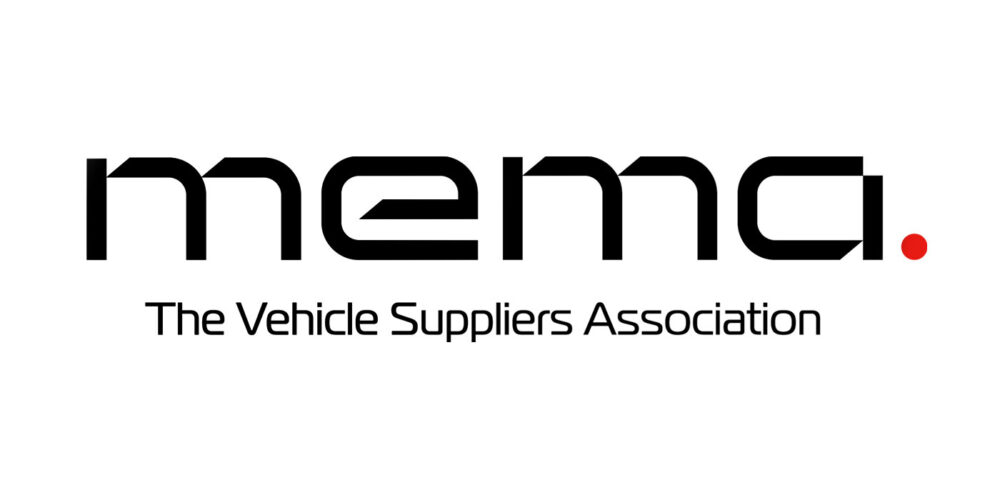Nothing is more aggravating—nor costly—than unscheduled downtime. Even the most well organized fleets often find themselves grappling with the “unexpected.” Whether they deal with outside service providers or their own shops, it is important for managers to make sure they have a solid quality repair processes in place. And that process need to include knowing if those repairs are being completed correctly, and that the completion estimates—both time and cost—are accurate.
According to Michael Riemer vice president products and channel marketing for Decisiv Inc., “Quality repair process not only ensures trucks are repaired correctly the first time, but also allow for a repeatable process with limited variance in expected outcome. This means if the truck repair is promised by 2 p.m., you can count on that happening. Unfortunately, promises are often broken. When that happens regularly, logistics and planning won’t trust the process.”
Communication is key
Without trust and good communication between the shops and/or service providers—and the people doing the logistics and planning—there is no way to have an accurate estimate of expected repair completion times. That means repaired assets could unnecessarily sit idle for days before they’re sent back on the road—adding to downtime, which adds cost that cuts into profits.
Riemer asserts that poor communication is a big contributor to mistrust. The repair might be completed on time, but a timely repair isn’t of much value if the notification doesn’t reach the right person in a timely manner.
Without information that verifies what equipment is ready to be back on the road, fleets may end up leasing or renting alternative assets to ensure that delivery schedules are met while—all the while usable assets sit in the lot when they could be on the road making money.
Updates ensure trust
If fleets are still using spreadsheets, which are only updated twice a day, or if they are relying on phones and voicemail to know when an asset is ready, it’s no wonder logistics and planning staffs don’t trust the information. How can they when the information is probably hours old?
The only way to regain trust and reduce downtime is to create systems and processes that allow real-time management of service events, Riemer says. This ensures that everyone has visibility at every stage of the repair. This reduces the non-wrench portion of a service event, creates less variability in the process and improves communication, all of which ultimately lead to less downtime.
Riemer states that only 20% of the time attributed to a repair is actually wrench time. The other 80% revolves around the communication process. An automated service relationship management platform streamlines the communication process by sending status updates, notifications and requests for approval of additional repairs. All the data about a vehicle, including its service history, is kept together and can be used to schedule preventive maintenance inspections or other pending operations at the optimal time.
Take time to review
Start to measure and understand the variability between estimated and actual repair completion times, says Riemer. Review your current communication process to make sure it’s effective and that the right people are receiving necessary notifications on time. To recap:
- Increase and hone communication channels between service providers/shops/logistics personnel;
- Monitor asset utilization to limit equipment rental costs;
- Check for invoice over-billing making sure there are no unauthorized charges;
- Monitor CSA violations and fines, they not only add costs, but also high fines could cost customers;
- Get rid of manual data entry, it wastes employee time and opens the possibility of errors; and
- Monitor warranty claims, and keep detailed records. Not only does this reduce costs, but also it means that claim data can be used for future spec’ing decisions.














